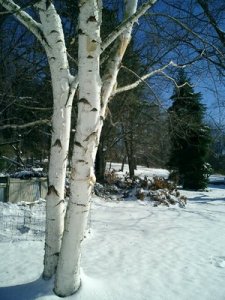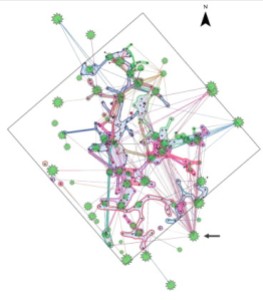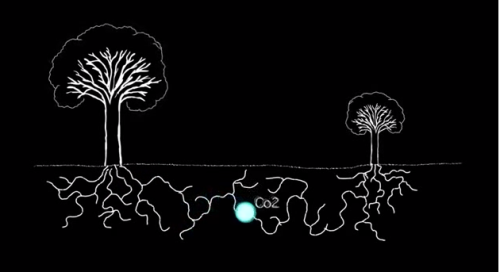
There is a silent but bustling peer-to-peer economy that exists all over the world. Deep beneath the surface of the earth, resources are borrowed and shared through vast networks that have been individually optimized over thousands of years.
A shared community lies under every forest, where intertwined tree roots are covered with a mycorrhizal fungus. The fungal mycelia provide a common medium where carbon, nitrogen, and phosphorous can be exchanged between plants [1].
Seedlings, for instance, are pretty hosed as far as photosynthesis goes — They have to fight for sunlight in the shade of their elders. To help young saplings, carbon is transferred through the underground plant-fungus system to provide baby plants with the nutrients they need to grow in the absence of sunlight.

This macronutrient exchange extends beyond plant species. Deciduous trees such as the paper birch shed their leaves in the fall, and then receive carbon supplements from neighboring evergreen Douglas-firs in the winter. The following spring, the deciduous trees grow their leaves back and return nutrients to evergreens because their large leaves produce more sugars than narrow pine needles [2].
One might say that the forest community is not really a conscious economy — the exchange of macronutrients is largely governed by diffusion. Scientifically, it is an ecosystem that evolved over millions of years. The system facilitates an inter-species exchange of resources to increase biodiversity and maximize robustness.
And maybe that’s all the sharing economy really is –a natural process in which excess resources flow to redistribute where needed, because that’s what makes our communities stronger.

References:
1. S. Simard, K. Beiler, M. Bingham, J. Deslippe, L. Philip, F. Teste, Mycorrhizal networks: Mechanisms, ecology and modelling. Fungal Biology Reviews, Volume 26, Issue 1, April 2012, Pages 39-60, ISSN 1749-4613, http://dx.doi.org/10.1016/j.fbr.2012.01.001.
2. C. Messier, K. Puettmann, K. D. Coates. Managing Forests as Complex Adaptive Systems. Routledge, 2013.
